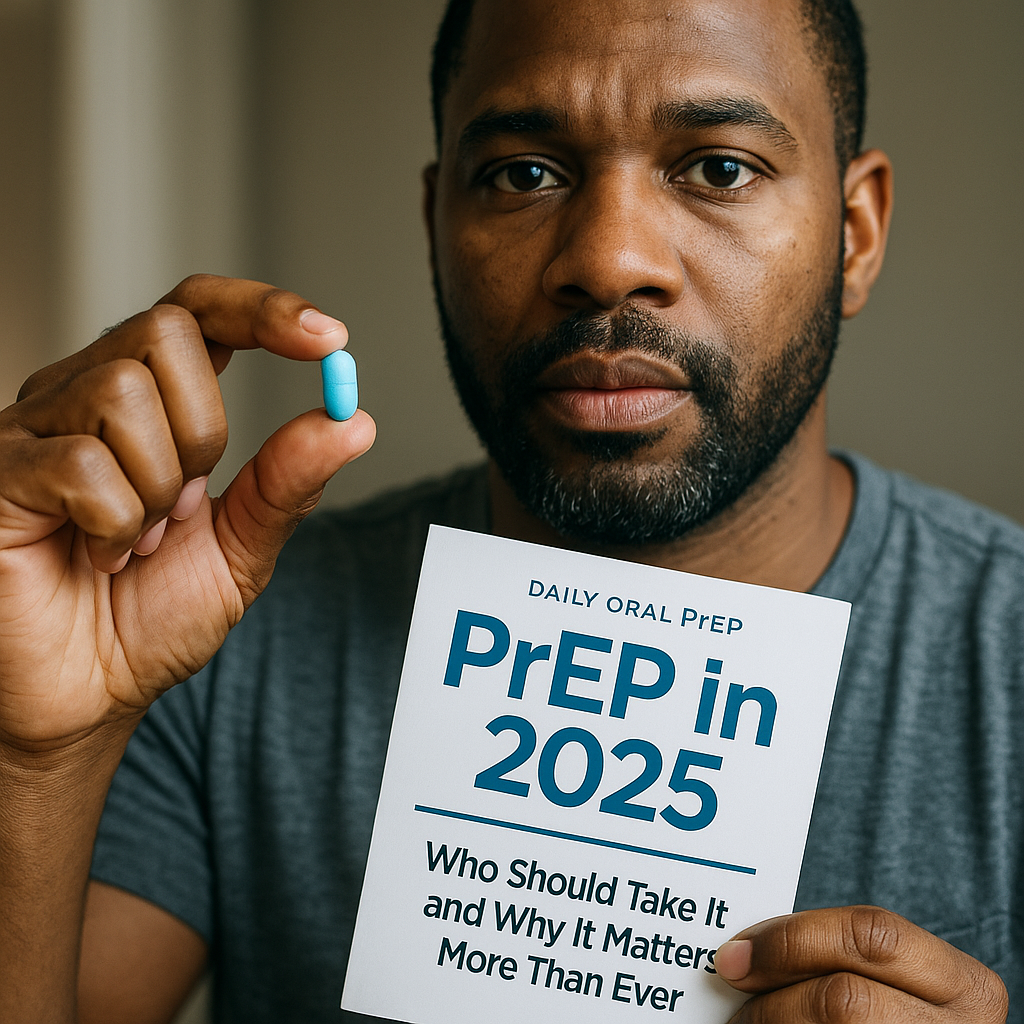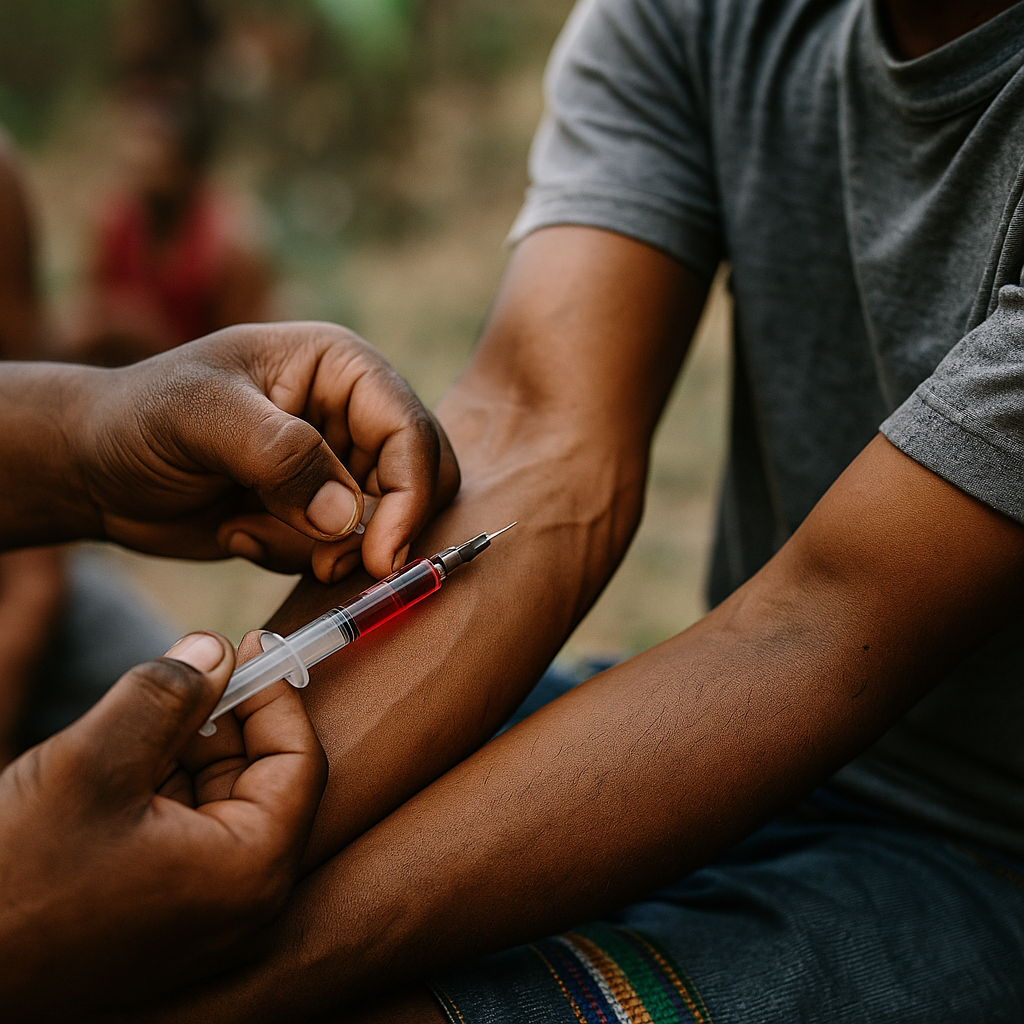Table of Contents
- Introduction
- Barrier Methods
- Antiretroviral-Based Prevention (PrEP & PEP)
- Treatment as Prevention (TasP & U=U)
- Biomedical Interventions: Injectables & Implants
- Harm Reduction & Social Strategies
- Multipurpose Prevention Technologies (MPTs)
- Access, Equity & Digital Innovations
- FAQs
- Conclusion
1. Introduction
In 2025, HIV Prevention Methods encompass a rich toolkit designed to reduce HIV transmission through medical, behavioral, and technological means. These methods are more effective than ever, personalized, and aim for health equity across diverse communities.
2. Barrier Methods
Condoms—both male and female—remain fundamental. When used consistently and correctly, they cut the risk of HIV transmission by up to 80% during heterosexual sex. Dental dams and proper usage remain important tools in comprehensive prevention.
3. Antiretroviral-Based Prevention (PrEP & PEP)
Pre-Exposure Prophylaxis (PrEP): Daily pills like Truvada or Descovy—and now long-acting injectables like cabotegravir—offer near-100% effectiveness with correct adherence.
Post-Exposure Prophylaxis (PEP): Started within 72 hours of exposure and taken for four weeks, PEP significantly lowers infection risk.
4. Treatment as Prevention (TasP & U=U)
People living with HIV who take antiretroviral therapy and maintain an undetectable viral load cannot sexually transmit the virus—captured in the U=U message (Undetectable = Untransmittable).
5. Biomedical Interventions: Injectables & Implants
Long-acting agents are transforming prevention:
- Injectables: Cabotegravir (Apretude) and new Yeztugo (lenacapavir) offer dosing every 2–6 months. Yeztugo was recently FDA-approved, highly effective, but costly (~$28K/year).
- Future methods: Research is exploring implants, microbiome engineering, and mRNA vaccines—adding personalization and convenience.
6. Harm Reduction & Social Strategies
For people who inject drugs, syringe-exchange programs and supervised sites reduce HIV risk. Increasing testing frequency, promoting sexual health education, and empowering communities through peer networks further strengthen prevention efforts.
7. Multipurpose Prevention Technologies (MPTs)
MPTs aim to combine HIV prevention with contraception or other STI protection—for example, intravaginal rings or gels. Currently in clinical trials, they align with preferences for all-in-one sexual health products.
8. Access, Equity & Digital Innovations
Health systems now emphasize reducing disparities—particularly among Black and Latinx communities, who have lower PrEP uptake. New options like self-testing kits and telehealth services reduce barriers to care. AI-driven peer interventions are also being trialed to boost awareness and prevention among youth experiencing homelessness.
9. FAQs
Q1: What is the most effective HIV prevention method in 2025?
Long-acting injectable PrEP (e.g., Apretude, Yeztugo) is the most effective for those with adherence challenges.
Q2: Can I still get HIV on PrEP?
Rarely. Missed doses or resistance may reduce protection, so regular testing and adherence are crucial.
Q3: What does U=U mean?
It means an undetectable viral load makes HIV untransmittable sexually.
Q4: Is there an HIV vaccine?
Not yet. Promising candidates using mRNA are in development, but no licensed vaccine exists as of mid‑2025.
Q5: Who needs PrEP?
Individuals at risk—sexually active with multiple partners or sharing injection equipment—should consult a provider to assess PrEP suitability.
10. Conclusion
HIV Prevention Methods in 2025 are multifaceted—ranging from barrier methods and antiretrovirals to advanced injectables, digital tools, and community-led approaches. No single method fits all—success depends on combining medical options with social infrastructure, tailored to individual needs.
Everyone—from healthcare providers to local advocates—plays a vital role. Visit AIDS.org to explore resources, stay informed, and keep prevention at the center of health and wellness.
Disclaimer: This article was written with AI assistance and may contain errors.




